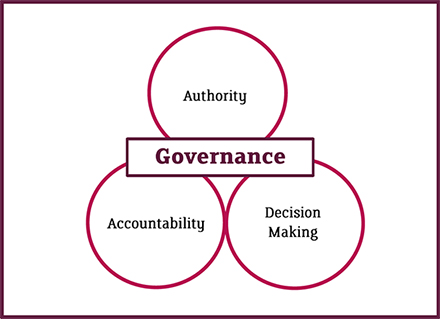In general terms, the business succession process takes time, and more importantly, planning, and should include the following steps:
-
- Determine whether business succession can take place within the family or if outside parties will be needed to make this succession successful,
- Develop your businesses’ succession plan,
- Chart the course for the implementation of the plan, and make navigational changes as necessary, and
- Coordinate your succession plan with personal tax planning for retirement and the distribution of your estate.
Each of these steps is important to the implementation of a successful succession plan. For example, well thought out succession plans can be ineffective if they are not properly implemented. Sophisticated estate plans can become ineffective if they are not coordinated with a business owner’s plan for succession and communicated with the family.
In addition, although the first step is critical, many business owners do not consider all the issues in advance when deciding whether succession is a viable alternative. For example, many business owners have a simple or possibly elaborate plan in mind, but these plans are not communicated with family members and other stakeholders and the goals and objectives of their children may not be in harmony with this plan. Alternatively, some children may not be considered as a viable successor, as their views and general outlook on business issues differ greatly from that of their parents. How these potential gaps can be bridged is the magic of succession.
Learn, think, apply!











Recent Comments